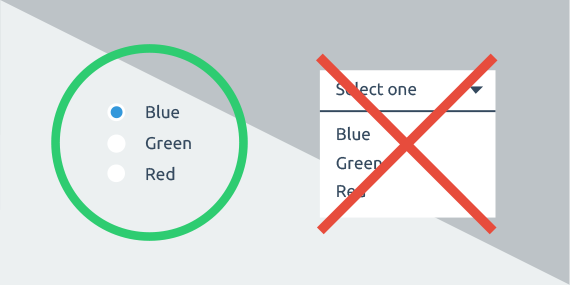Last Updated on November 3, 2023 by UX World
“There is nothing better than to see amazing colors in the right environment, it can change your whole mood.”— Morag Myerscough
Before talking about UX design, let’s have a look at the colors around us and see how they are affecting our lives. This world is very colorful, and our lives will be dull without colors. Nature is full of colors and everything around us looks so perfect in its current that we cannot even imagine them colorless. Colors affect our moods, and no one can stop himself from praising a colorful view, whether it is the sky, rainbow, trees, flowers, rivers, or a human-made creation.
“Color is a power which directly influences the soul.”— Wassily Kandinsky
 UX World is an approved Educational Partner of the Interaction Design Foundation, the world’s largest UX Design learning community.
UX World is an approved Educational Partner of the Interaction Design Foundation, the world’s largest UX Design learning community.
Get 3 months of free membership to learn UX Design here!
Since we use software products and apps daily, we want to see beautiful colors in design as well. Colors play an important role in UX design. A beautifully colored UI design appeals to its users. Whenever a user comes to use your product, at first glance he looks at the visual interface. If he does not like the colors and overall look of the design, it would hardly take him to stay there more than 5 seconds.
Below are a few tips that can be helpful when selecting colors for your design.
- Define a color theme for your design by deciding primary, secondary tertiary colors. The primary colors are Red, Green, and Blue. Secondary colors are made by the combination of the primary colors. Tertiary colors are made by blending the primary and secondary colors.
- Use colors that are consistent with your brand colors. This consistency makes your design look better and more professional.
- Consider the psychological effect of colors on human minds. For example, the blue color shows calmness. However, it can vary for different cultures.
- User colors according to their standard universal meaning. For example, red is mostly used to show an alert or error, and green is an indication that everything is going right.
- Show related UI elements with the same color.
- Use good contrast of colors to indicate the difference between UI elements.
- Use colors to define hierarchy on the interface. Important elements should look prominent on the screen. Clickable items display differently than other content on the interface.
Overall the design should provide a balanced look with all colors belonging to a family. Review your design carefully because any odd color combinations can ruin the design and will not provide a pleasant effect to your users.
Want to Learn UX Design?
Try Interaction Design Foundation. IxDF offers online design courses that cover the entire spectrum of UX design, from foundational to advanced level. As a UX Design World reader, you get 25% off your first year of membership with the IxDF.
Thanks for reading.
Subscribe for more related articles at UX World.
If you have any questions, contact here: Facebook | YouTube | Twitter | Instagram | Linkedin



